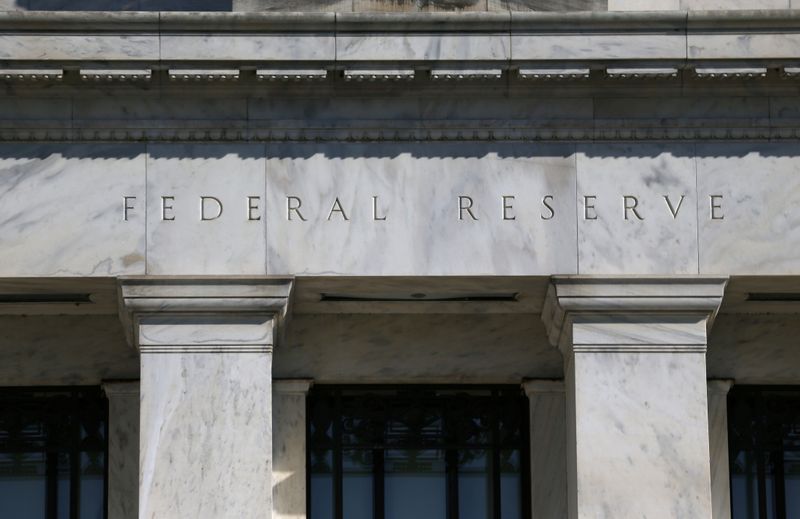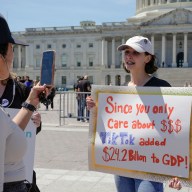NEW YORK (Reuters) – The Federal Reserve’s unprecedented asset purchase program is easing pricing gaps in the $863 billion market for U.S. bond exchange-traded funds, a phenomenon that had drawn investor concerns during last month’s sell-off.
Evaporating liquidity in fixed-income markets last month caused several major bond ETFs to trade at big discounts to the value of their underlying assets, presenting a potential problem for investors needing to raise cash in the midst of a market-wide sell-off.
Many of those ETFs are now trading at a slight premium to their net asset value: The iShares iBoxx Investment Grade Corporate Bond ETF <LQD.P> was trading at a 0.6% premium to its net asset value on Thursday, compared with a 5% discount in mid-March, according to Refinitiv data.
(GRAPHIC:From discount to premium – https://fingfx.thomsonreuters.com/gfx/mkt/jznvngdzplm/LQD%20discount%20premium%20to%20net%20asset%20value.png)
Similarly, the PIMCO Investment Grade Corporate Bond Index ETF <CORP.P> and Vanguard Total Bond Market Index Fund ETF <BND.O> were trading at slight premiums to their net asset value on Thursday after having traded at deep discounts in mid-March.
The discounts to net asset value in those ETFs were largely wiped out after the Fed pledged to purchase corporate bonds for the first time in a March 23 announcement. Last Thursday, the Fed expanded its bond-buying program to include companies recently downgraded into junk territory as well as junk-bond ETFs.
“The catalyst clearly is the Fed being involved,” said Andrew Brenner, head of international fixed income at NatAlliance Securities.
The boost in liquidity helped to bring the net asset value of those ETFs closer in line with the price of the funds, said Dave Nadig, director of research at ETF Trends. The Fed’s support has in turn brought prices up. It is not unusual that the ETFs’ prices are now at a premium, Nadig added, given that net asset values typically reflect “fire-sale” prices, near the lowest bids for the underlying bonds.
At least one ETF that traded at a hefty discount in March has still not caught up to its net asset value. The VanEck Vectors High-Yield Municipal Index ETF <HYD.Z> was trading at a 5.8% discount on Thursday, according to Refinitiv data. Still, that is a much narrower gap than in mid-March, when it traded at more than a 20% discount.
High-yield municipal bonds are not included in the Fed’s programs, which accounts for the persistent dislocation in that ETF, analysts said.
“There’s not quite the Fed put on that,” Nadig said. “That part of the bond market has not caught as much liquidity as we’ve seen in the corporate space.”
(Reporting by April Joyner; Editing by Ira Iosebashvili and Jonathan Oatis)


















